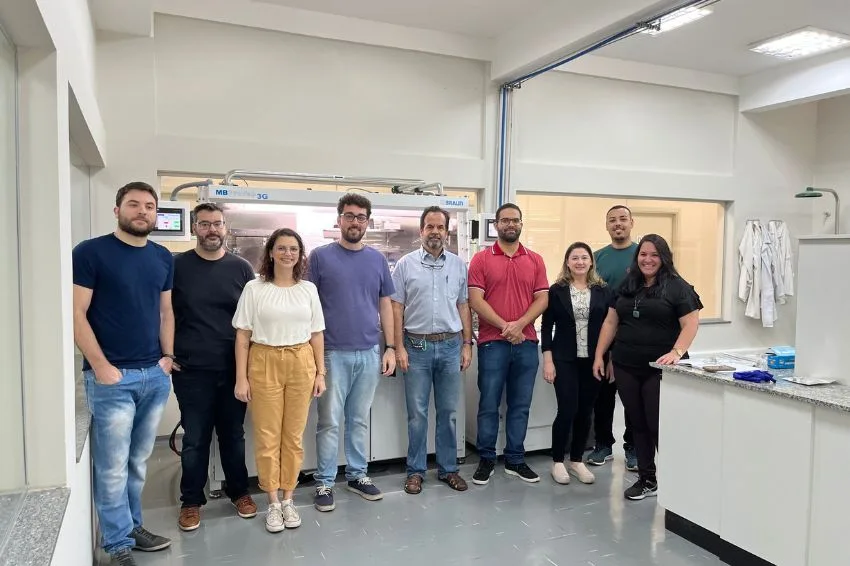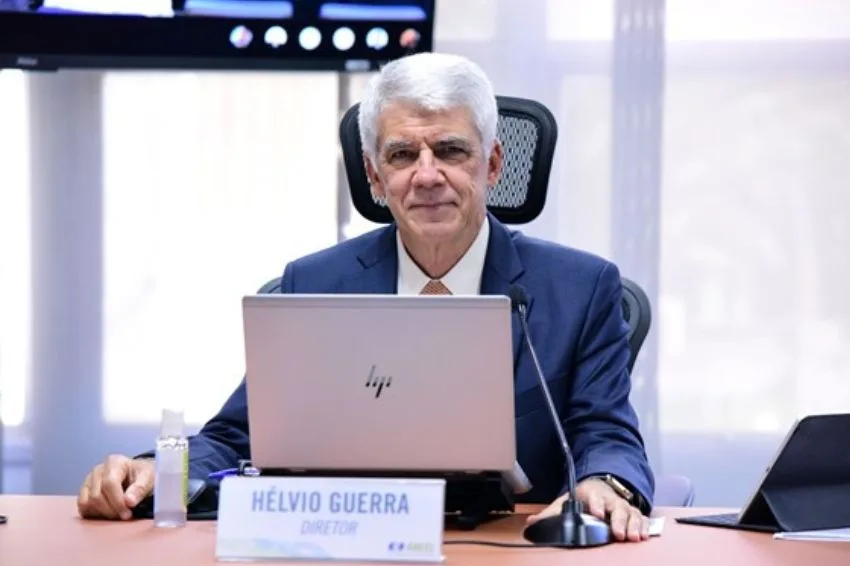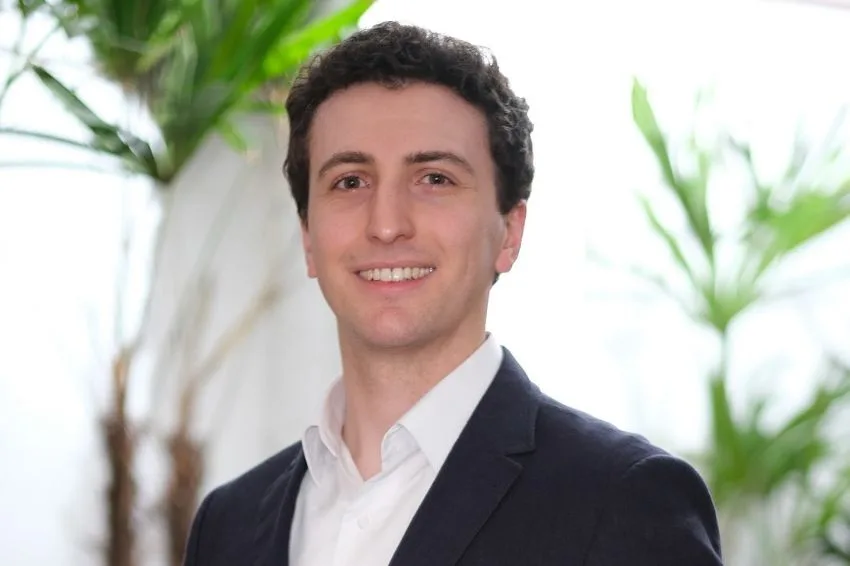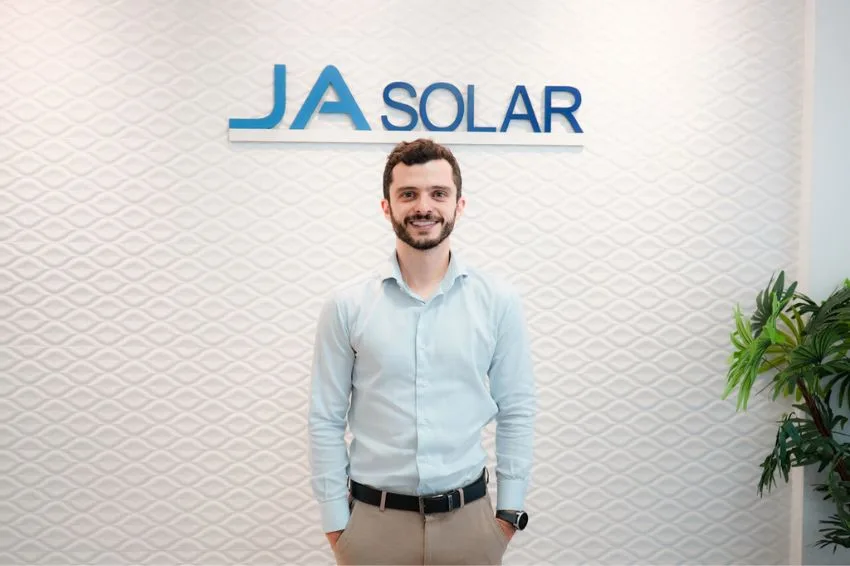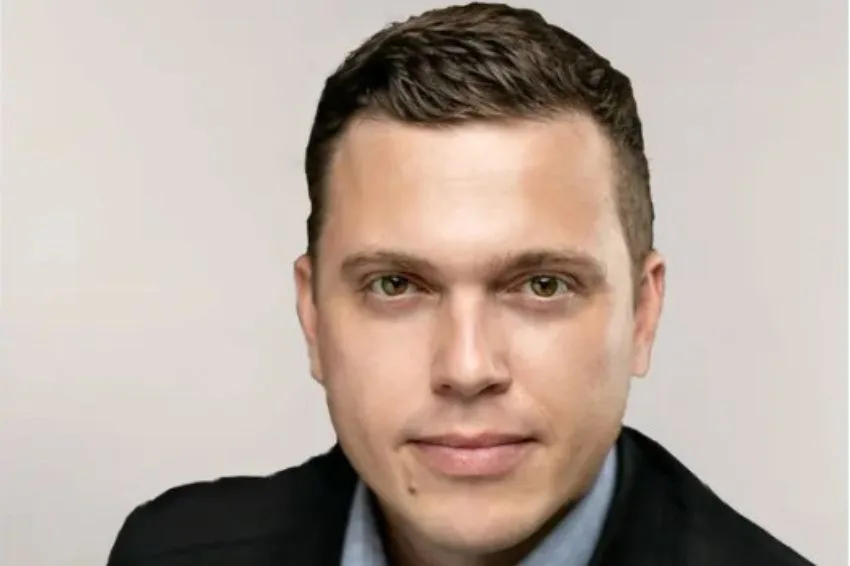One of the greatest gratifications a company of the sector solar energy can have in the market is the satisfaction of having carried out the installation of a system with a world-renowned company and with a significant presence in practically every corner of the planet.
However, to reach this level not enough just "luck" or one good networking with companies in the sector. It's needed also present technical competence to gain the trust of companies at this level.
One of the companies that managed to reach this level was TAB energy, which, at the end of last year, gained the trust of BMW Group to carry out the installation of over 800 photovoltaic modules in a vehicle manufacturer factory in the interior of Santa Catarina.
In interview with Canal Solar, Laura Neto, engineering manager at TAB Energia, provides details about the behind-the-scenes of the negotiation and the requirements required to ensure that the company was chosen by BMW to carry out the service.
The professional also brought tips to inspire companies that want to prepare themselves to one day serve clients of this magnitude. Check out the main excerpts from the interview below:
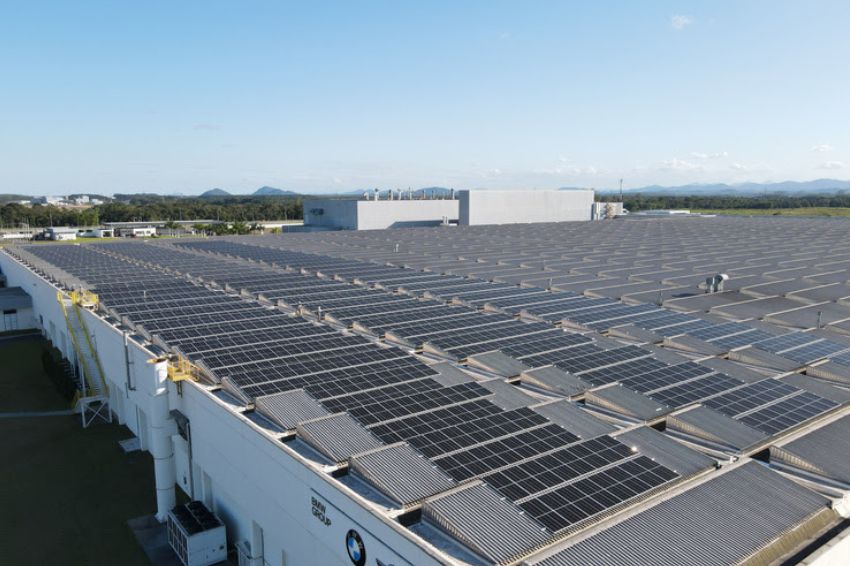
What differences did BMW seek to find out about TAB Energia before signing the contract?
BMW, as an international and reference company, needs to meet a series of quality certifications, including the suppliers that work there. So, her search for us was very rewarding.
To facilitate logistics, she sought out companies in the region where the plant would be installed and evaluated issues such as cost-benefit, products offered and, mainly, whether the companies had the technical support she needed.
The BMW plant is located within the Free Energy Market, which is a factor that not all companies have a full understanding of how to operate this with energy concessionaires.
BMW also sought to find out technical information from the installation team, such as, for example, whether we had proof of ART's execution, documentation and certification of professionals and whether we provided all the technical safety equipment for our professionals.
In other words, we had to meet several points and technical criteria to pass this first validation of the company. Afterwards, BMW evaluated the cost-benefit of the project, which involves the quality of the products and finally the price.
So, was BMW itself the one who carried out a market analysis of companies in the region and contacted you?
Exactly. The automaker made contact with the recommended companies in the region. In the end, he ended up opting for our solution.
Many companies dream of achieving what TAB achieved: providing services to a multinational the size of BMW. You said that you have a partnership with WEG. In this sense, is choosing good partners very relevant when closing contracts with a multinational?
Partnerships and networking are fundamental for the growth of a business, but I believe that the difference has to be the attitude towards the market and focus on engineering the solution. We, for example, at the beginning of everything, served commercial and residential projects, something that the vast majority of companies do today.
However, in the last four years, we started to focus only on projects for commerce, industry and agribusiness. It was a painful change of attitude at the time, but important for us to move forward and have a difference when it comes to serving more technically refined clients.
Building good networks is important, but showing that you are a technical company, that you have suitable projects and that your professionals are qualified are factors that generate trust.
Speaking about the installation, what equipment did you use?
As WEG integrators, we use all the company's equipment. In this case, there were 820 510 Wp photovoltaic modules from Trina Solar and three SIW500H ST100 inverters of 100 kW and 380 V.
How long did it take you to close the deal with BMW? Were there many meetings or was the process relatively quick?
After defining the supplier, it was relatively quick. BMW plans to manufacture its cars with minimal water use and maximum renewable energy. There is a goal that they want to achieve and, as a result, they already have plans for investments in this direction.
In our case, one of the prerequisites given to us was that the installation be ready within 60 days. The project was sold and the contract was formalized with us on October 4th last year.
The delivery of the material to BMW took place on October 20th and the initial assembly of the system began on the same day, with the installation of lifelines so that our professionals could work on the roof, with the necessary documentation already in place.
On November 3rd, all modules were already fixed to the roof by our team. It was a record time, which involved intense preparation and planning work with the team so that we knew exactly how the service should be carried out.
After that, there were another 15 days of finishing and completion, in which we went to the inverters, AC and DC connection, the entire electrical infrastructure and commissioning of the system for delivery into operation.
In other words, from the closing of the contract to the delivery of the equipment it took more or less 15 days. From the delivery of the equipment to the installation of the modules it took another 15 days and then another 15 days for finishing and completion – totaling 45 days of services provided.
In the midst of this process of installing the solar energy system, were there any peculiarities imposed by BMW that caught your attention?
I don't know if people know, but within these multinationals there is a rigorous process regarding the qualification of professionals who will install a solar system, with the requirement of supporting documentation for each professional according to their role.
During the installation days, our professionals also underwent a battery of tests, such as, for example, measuring body pressure. This happened twice a day, once in the morning and once after lunch.
So, the work dynamics are different, because instead of starting work promptly at 7:30 am, in a multinational, we start to carry out the installation later due to health, fire and safety technician work releases.




